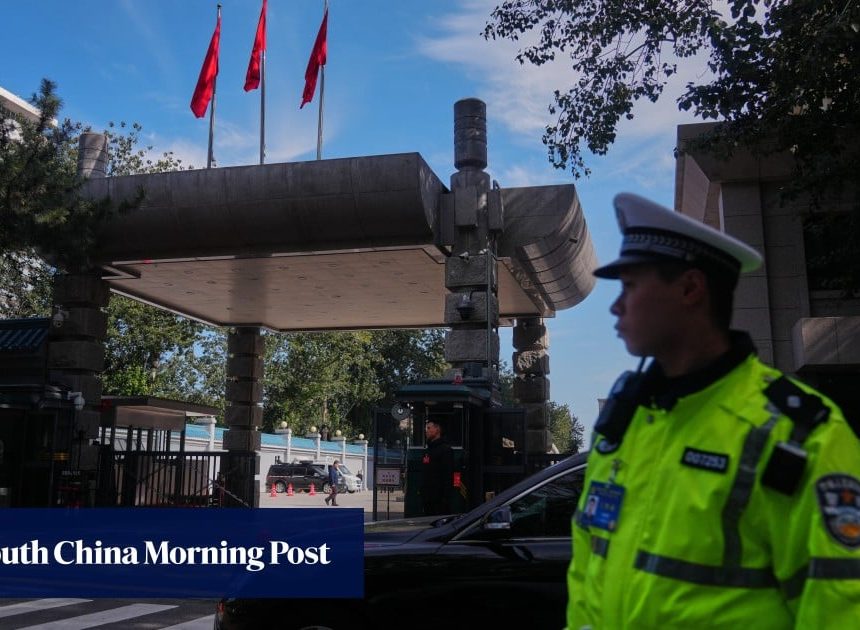The diverging verdicts offered by the Chinese and American leaders after their talks in South Korea on Thursday reflected more than the chasms between their personal styles and political cultures. Donald Trump gushed about an “amazing” meeting, scoring it 12 out of 10; Xi Jinping reportedly noted that a consensus had been reached, with the two sides needing to finalise follow-up steps rapidly.
Mr Trump’s usual trade approach – shout loudly and wave a big stick – faltered when Beijing raised its own bludgeon. No tribute of gold crowns or Nobel nomination pledges were on offer from Mr Xi. The US president blinked first – but, predictably, attempted to repackage the underwhelming result as a great success.
In fact, it was a necessary de-escalation that essentially turned the clock back. Mr Trump – who once announced tariffs of 145% on China – agreed to cut the average rate to 45% and suspended the tightening of tech-related export controls. China has said that it will buy US soya beans and – most importantly – is holding off on draconian curbs to rare earth exports, which it threatened as a countermeasure. It’s still unclear whether China will get access to Nvidia’s powerful Blackwell chip. Experts say that would dramatically shrink the US advantage in AI, with obvious economic and security implications.
This is a year-long deal and may be no more than a pause. Mr Trump’s trade diplomacy is always erratic: last week, he announced that he would add 10% to tariffs on Canada in retaliation for a provincial political advert. The country’s prime minister, Mark Carney, has just completed his own swing through Asia; Trumpism is forcing longstanding allies to look for alternatives. Swingeing tariffs on India have pushed it towards China. Yet if the US wants to win in the long term, it will need to boost partnerships.
Mr Trump notched up trade deals on this Asian tour, but the underlying problems are ever clearer. No one can count on bilateral ties with Washington any more, and the US is withdrawing from global institutions and forums, while China seeks to boost its role. Meanwhile, US businesses struggle to make strategic decisions when they don’t know what the tariff rate will be next week, never mind next year.
Beneath this administration’s shortcomings lie longer-term failings. China has been strategically mapping and tackling economic vulnerabilities; this truce buys it time to continue that work. The US is late to this game. It has just cut a critical minerals deal with Australia, but reducing dependence on Chinese rare earths will be a very long process – as Japan’s experience has shown.
Yet Beijing’s decision to wield access to rare earths as a weapon has increased concerns about China outside the US too. The G7 summit in Canada is expected to launch an alliance pushing back against China’s dominance on Friday. The European Union must also show that it will stand up to Chinese coercion.
Similarly, while China has become less reliant on exports to the US since Mr Trump’s first term, other countries are growing increasingly anxious about, and resistant to, dumping. Beijing’s longstanding pledges to rebalance the struggling economy towards domestic consumption have yet to be realised; hi-tech industrial self-reliance appears to be the priority.
Thursday’s meeting may have brought breathing space. But as underlying contradictions within and between the two behemoths remain unresolved, the dangers are not only to them; they are also to others who put little faith in either side.


